
A tower block, high-rise, apartment tower, residential tower, apartment block, block of flats, or office tower is a tall building, as opposed to a low-rise building and is defined differently in terms of height depending on the jurisdiction. It is used as a residential, office building, or other functions including hotel, retail, or with multiple purposes combined. Residential high-rise buildings are also known in some varieties of English, such as British English, as tower blocks and may be referred to as MDUs, standing for multi-dwelling units. A very tall high-rise building is referred to as a skyscraper.
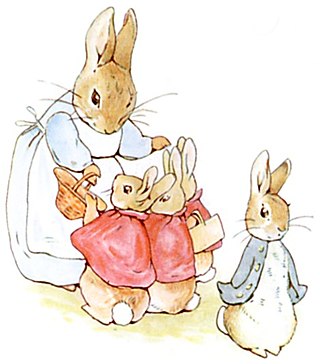
A picture book combines visual and verbal narratives in a book format, most often aimed at young children. With the narrative told primarily through text, they are distinct from comics, which do so primarily through sequential images.

An apartment, flat, or unit is a self-contained housing unit that occupies part of a building, generally on a single storey. There are many names for these overall buildings. The housing tenure of apartments also varies considerably, from large-scale public housing, to owner occupancy within what is legally a condominium, to tenants renting from a private landlord.
Anne Evelyn Bunting, better known as Eve Bunting, was a Northern Irish-born American writer of more than 250 books. Her work covered a broad array of subjects and included fiction and non-fiction books. Her novels are primarily aimed at children and young adults, but she has also written the text for picture books. While many of her books are set in Northern Ireland where she grew up, her topics and settings range from Thanksgiving to riots in Los Angeles. Bunting's first book, The Two Giants, was published in 1971. Due to the popularity of her books with children, she has been listed as one of the Educational Paperback Association's top 100 authors.

A tenement is a type of building shared by multiple dwellings, typically with flats or apartments on each floor and with shared entrance stairway access. They are common on the British Isles, particularly in Scotland. In the medieval Old Town, in Edinburgh, tenements were developed with each apartment treated as a separate house, built on top of each other. Over hundreds of years, custom grew to become law concerning maintenance and repairs, as first formally discussed in Stair's 1681 writings on Scots property law. In Scotland, these are now governed by the Tenements Act, which replaced the old Law of the Tenement and created a new system of common ownership and procedures concerning repairs and maintenance of tenements. Tenements with one or two room flats provided popular rented accommodation for workers, but in some inner-city areas, overcrowding and maintenance problems led to shanty towns, which have been cleared and redeveloped. In more affluent areas, tenement flats form spacious privately owned houses, some with up to six bedrooms, which continue to be desirable properties.
Marjorie Flack was an American artist and writer of children's picture books. She was born in Greenport, Long Island, New York in 1897. She was best known for The Story about Ping (1933), illustrated by Kurt Wiese, popularized by Captain Kangaroo, and for her stories of an insatiably curious Scottish terrier named Angus, who was actually her dog. Her first marriage was to artist Karl Larsson; she later married poet William Rose Benét.

Make Way for Ducklings is an American children's picture book written and illustrated by Robert McCloskey. First published in 1941 by the Viking Press, the book centers on a pair of mallards who raise their brood of ducklings on an island in the lagoon in the Boston Public Garden. It won the 1942 Caldecott Medal for McCloskey's illustrations, executed in charcoal then lithographed on zinc plates. As of 2003, the book had sold over two million copies. The book's popularity led to the construction of a statue by Nancy Schön in the Public Garden of the mother duck and her eight ducklings, which is a popular destination for children and adults alike. In 1991, Barbara Bush gave a duplicate of this sculpture to Raisa Gorbacheva as part of the START Treaty, and the work is displayed in Moscow's Novodevichy Park.

William Andrews Clark Sr. was an American entrepreneur, involved with mining, banking, and railroads, as well as a politician.
Elizabeth Orton Jones was an American illustrator and writer of children's books. She won the 1945 Caldecott Medal for U.S. picture book illustration, recognizing Prayer for a Child, after being a runner-up one year earlier.
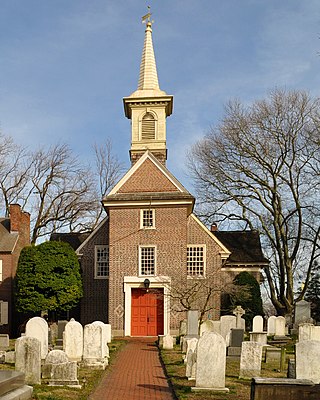
The architecture of Philadelphia is a mix of historic and modern styles that reflect the city's history. The first European settlements appeared within the present day borders of Philadelphia, Pennsylvania in the 17th century with most structures being built from logs. By the 18th century, brick structures had become common. Georgian and later Federal style buildings dominated much of the cityscape. In the first half of the 19th century, Greek revival appeared and flourished with architects such as William Strickland, John Haviland, and Thomas U. Walter. In the second half of the 19th century, Victorian architecture became popular with the city's most notable Victorian architect being Frank Furness.
Alice Rose Provensen and Martin Provensen were an American couple who illustrated more than 40 children's books together, 19 of which they also wrote and edited. According to Alice, "we were a true collaboration. Martin and I really were one artist."
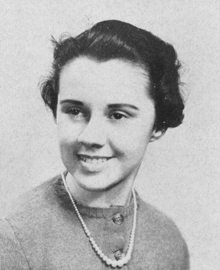
Marcia Joan Brown was an American writer and illustrator of more than 30 children's books. She won three annual Caldecott Medals from the American Library Association, and six Caldecott Medal honors as an illustrator, recognizing the year's best U.S. picture book illustration, and the ALA's Laura Ingalls Wilder Medal in 1992 for her career contribution to children's literature. This total of nine books with awards and honors is more than any other Caldecott-nominated illustrator. Many of her titles have been published in translation, including Afrikaans, German, Japanese, Spanish and Xhosa-Bantu editions. Brown is known as one of the most honored illustrators in children's literature.

The Hello, Goodbye Window is a children's picture book written by Norton Juster and illustrated by Chris Raschka. Published in 2005, the book tells the story of a little girl who enjoys visiting her grandparents. Raschka won the 2006 Caldecott Medal for his illustrations.
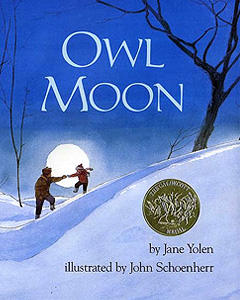
Owl Moon is a 1987 children's picture book written by Jane Yolen and illustrated by John Schoenherr. It won many awards, most notably the Caldecott Medal for its illustrations, and has appeared on Reading Rainbow in the US. It has been translated into more than a dozen foreign languages, including French, German, Chinese, and Korean. In 1989, Weston Woods Studios adapted the book to an animated film narrated by Yolen.
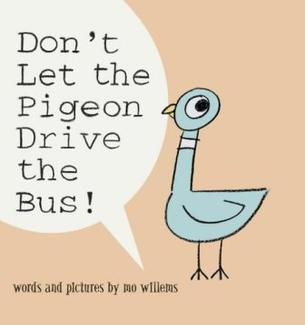
Don't Let the Pigeon Drive the Bus! is a children's picture book written and illustrated by Mo Willems. Published by Disney-Hyperion in 2003, it was Willems' first book for children, and received the Caldecott Honor. The plot is about a bus driver who has to leave so he asks the reader to not allow the Pigeon to drive the bus. The Pigeon wants to have at least one ride and comes up with various excuses to drive the bus but the readers keep on telling him "NO!", which aggravates the Pigeon. An animated adaptation of the book, produced by Weston Woods Studios, won the 2010 Carnegie Medal for Excellence in Children's Video.
Berta Hoerner Hader and Elmer Stanley Hader were an American couple who jointly illustrated more than 70 children's books, about half of which they also wrote. They won the annual Caldecott Medal for The Big Snow (1948), recognizing the year's "most distinguished American picture book for children". They received the Caldecott Honor Book Award for Cock-a-doodle-doo in 1940 and The Mighty Hunter in 1944.

Olivia is a fictional pig character in a series of children's picture books written and illustrated by the late Ian Falconer, the first entry of which was published in 2000. An animated television series, Olivia, inspired by the character premiered in 2009.
Planetizen is a planning-related news website and e-learning platform based in Los Angeles, California. It features user-submitted news, editor-evaluated news and weekly user-contributed op-eds about urban planning and several related fields. The website also publishes an annual list of the top 10 books in the field published during the current year, and a directory and ranking of graduate-level education in the field of urban planning.
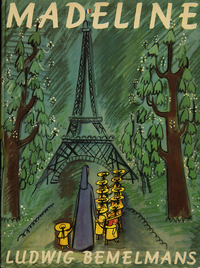
Madeline is a 1939 book written and illustrated by Ludwig Bemelmans, the first in the book series of six, later expanded by the author's grandson to 17, which inspired the Madeline media franchise. Inspired by the life experiences of its author/illustrator, the book is considered one of the major classics of children's literature through the age range of 3 to 8 years old. The book is known for its rhyme scheme and colorful images of Paris, with an appeal to both children and adults.

Hello Lighthouse is a picture book written and illustrated by Sophie Blackall. The book tells the story of a lighthouse and its last keeper and was well received, winning the 2019 Caldecott Medal for its illustrations. Drawing inspiration from a variety of sources, Blackall worked hard on the design of the book. The writing and illustrations were meant to complement each other noting the change and consistency of the sea.














